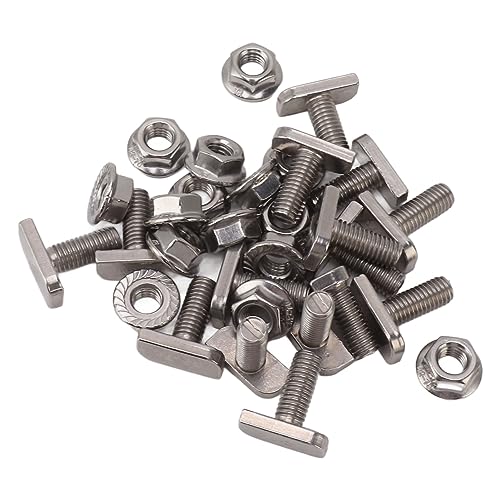We live in Gt. Britain.BS7671, states within the definition of TN-C-S:
"This type of distribution is also known as protective multiple earthing."yes, but TNCS is not always PME. as alreayd stated, it can take other forms
CNE as far as I'm aware is another term for TN-C.pretty much
Stating that the distribution of TN-C-S can sometimes be CNE is the same as stating that it can sometimes be TN-C.
A ridiculous statement, as the distribution of TN-C-S is allways TN-C or CNE whatever term you choose to use.yes, but there are differences. in that PME has multiple rods, other types only have 1 rod
Also as far as I'm aware, even on the very rare occaisions where a TN-C system is used, the distribution is still PME.again, not always PME. may only have 1 rod
I am well aware that they use other means of distribution abroad, but as all of these statements regarding TN-C-S and PME seem to refer to installations within Gt. Britain, shouldn't we use the definitions provided in the Regulations that apply to Gt. Britain?for the most part (and like i said above), almost everything said on this forum, then yes. but other earthing arrangements do exist, although they are not often used, and where they are, its normally under special circumstances































































